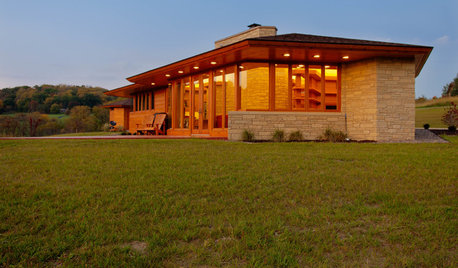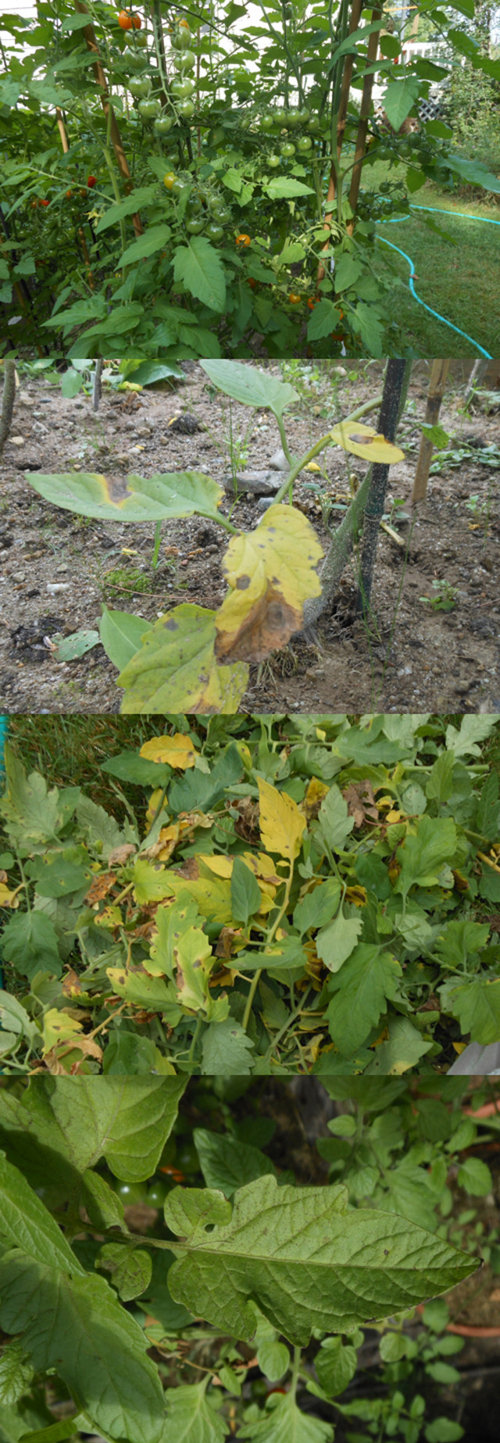Is this all tomato blight or something else?
jen1996
11 years ago
Featured Answer
Sort by:Oldest
Comments (12)
edweather USDA 9a, HZ 9, Sunset 28
11 years agodigdirt2
11 years agoRelated Professionals
Wrentham Landscape Architects & Landscape Designers · Glen Ellyn Landscape Architects & Landscape Designers · Bowie Landscape Contractors · College Park Landscape Contractors · Dudley Landscape Contractors · Dunwoody Landscape Contractors · Firestone Landscape Contractors · Homewood Landscape Contractors · Hurricane Landscape Contractors · New Cassel Landscape Contractors · Pompano Beach Landscape Contractors · Ringwood Landscape Contractors · Riverview Landscape Contractors · Saint John Landscape Contractors · Grand Rapids Driveway Installation & Maintenancejen1996
11 years agodigdirt2
11 years agochaman
11 years agolgteacher
11 years agodigdirt2
11 years agokeithondelmarva
11 years agolgteacher
11 years agohcoon
11 years agodigdirt2
11 years ago
Related Stories

EDIBLE GARDENSSummer Crops: How to Grow Tomatoes
Plant tomato seedlings in spring for one of the best tastes of summer, fresh from your backyard
Full Story
ARCHITECTUREHouzz Tour: Fresh Ideas in a Former Tomato Packing Shed
A formerly metal-clad structure is now a beautiful wood home designed to capture the light and preserve open space
Full Story
HOUZZ TOURSHouzz Tour: Usonian-Inspired Home With All the Wright Moves
A Chicago couple's weekend retreat fulfills a long-held dream of honoring architect Frank Lloyd Wright
Full Story
FUN HOUZZHouzz Quiz: What Should You Do With a Basement?
Take our quiz to find out if you should turn your subterranean space into a London pub, a Lego lounge or something else
Full Story
HEALTHY HOMESleep Happier and Healthier in a Toxin-Free Bedroom
Light pollution, toxic bedding, wallpaper that off-gases ... if you're not getting good sleep, these bedroom blights might be to blame
Full Story
GARDENING GUIDESCalifornia Gardener's June Checklist
Update your hydrangeas, catch up on tomatoes and more ways to enjoy your California garden in June
Full Story
FARM YOUR YARDHouzz Call: Home Farmers, Show Us Your Edible Gardens
We want to see where your tomatoes, summer squashes and beautiful berries are growing this summer
Full Story
CONTAINER GARDENS7 Deer-Resistant Flowers for Your Summer Containers
Grow these as protection for edibles or just for their colorful beauty — deer might not like them, but everyone else will
Full Story
ECLECTIC HOMESHouzz Tour: Wild Ideas in the Windy City
When bold art meets great architecture and interior design, something wonderful happens
Full Story
FARM YOUR YARD9 Ways to Change Up Your Vegetable Garden for the Coming Season
Try something new for edible plantings that are more productive than ever
Full StorySponsored
More Discussions







jen1996Original Author